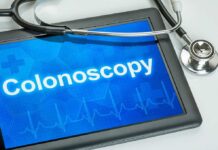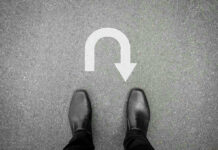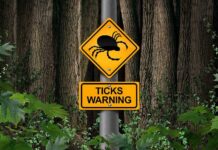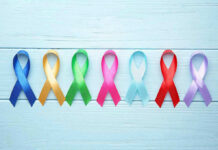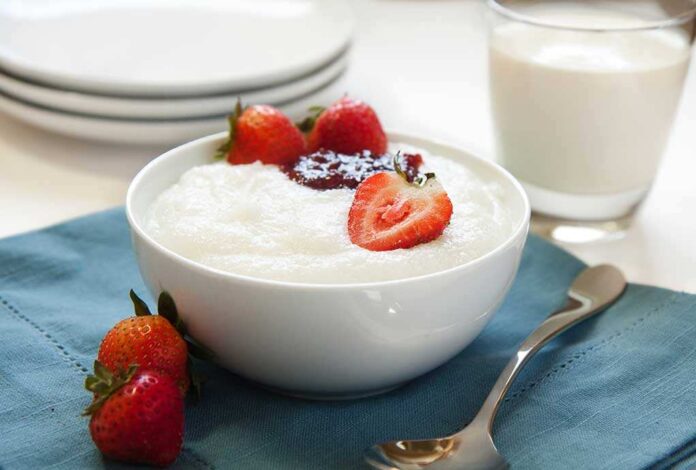
What if the secret to healing damaged tissue isn’t locked inside a lab, but sitting quietly in your refrigerator disguised as a humble cup of yogurt?
Quick Take
- Columbia scientists have transformed yogurt into an injectable gel that mimics and heals human tissue.
- This breakthrough leverages extracellular vesicles (EVs) from yogurt as both the scaffold and the bioactive “signal” for regeneration.
- Animal studies revealed rapid healing, minimal inflammation, and a powerful mimicry of living tissue mechanics.
- The innovation could make advanced regenerative therapies more affordable and accessible by using everyday agricultural byproducts.
Yogurt: From Breakfast Staple to Regenerative Medicine Breakthrough
Researchers at Columbia Engineering, led by Santiago Correa, have defied convention and tapped into an unlikely source for tissue repair: yogurt. While most people see yogurt as a breakfast food, the Columbia team saw possibility in its microscopic components—specifically, extracellular vesicles (EVs). These tiny packages, released by cells, are nature’s own couriers for healing messages. The scientists extracted EVs from yogurt, discovering they could serve double duty: providing the structural backbone for a hydrogel and delivering bioactive cues that help injured tissue regenerate in ways that mimic the body’s own repair systems.
Animal studies revealed that this yogurt-based hydrogel could be injected directly into wounds. Within a week, mice treated with the gel exhibited rapid angiogenesis—the formation of new blood vessels—and robust tissue regrowth. What sets this approach apart is the absence of added chemicals or synthetic boosters. The yogurt-derived EVs alone created the right environment for healing, without provoking an inflammatory backlash.
The Science—and the Stakes—of Scaling Up Healing
The promise of extracellular vesicles in medicine isn’t new, but until now, their use has been held back by practical bottlenecks. Extracting enough EVs from traditional cell cultures is slow, expensive, and yields tiny amounts. Columbia’s leap was realizing that yogurt—an agricultural product produced by the ton—offers a scalable, affordable source. By harnessing EVs from yogurt, the team overcame the supply problem and introduced a new paradigm: using food industry byproducts for high-value medical therapies.
This innovation addresses a core challenge in regenerative medicine: finding materials that not only provide structural support but also actively “talk” to the body’s cells, encouraging them to heal. Prior efforts to blend EVs into injectable gels often struggled with stability or required additional, sometimes toxic, additives. The yogurt-based gel sidesteps these issues, achieving both structure and biological signaling in one integrated, natural package.
Global Collaboration, Local Impact: How Dairy and Biotech Worlds Collide
Behind this scientific leap is a cross-continental partnership. Columbia Engineering’s Santiago Correa and Artemis Margaronis joined forces with experts at the University of Padova, notably Elisa Cimetta and Caterina Piunti, who brought deep knowledge of agricultural EV sourcing. Their collaboration exemplifies the power of merging nanomaterials research with practical agricultural science. The result is a platform that not only solves a technical problem but could reshape entire industries—uniting dairy producers and medical innovators in a shared value chain.
The gel’s validation in animal models is just the beginning. Ongoing studies are probing how it interacts with the immune system and whether its benefits extend to larger animals—and, eventually, humans. The path ahead will require navigating new regulatory territory, but the precedent is set: food byproducts can be reborn as life-saving therapies.
Bigger Than Bandages: Rethinking the Future of Healing
The implications of Columbia’s discovery ripple far beyond the lab. In the short term, researchers now have a biocompatible, scalable material for studying tissue repair and testing new therapies. For patients, the long-term vision is even more tantalizing: wound healing gels and tissue scaffolds made from common foods, reducing costs and expanding access worldwide.
Columbia scientists turn yogurt into a healing gel that mimics human tissue https://t.co/6WNdrWm9DT
— Un1v3rs0 Z3r0 (@Un1v3rs0Z3r0) July 29, 2025
Biotech and dairy sectors may soon find themselves unlikely collaborators, with yogurt not just nourishing bodies from the inside, but also helping repair them from the outside. Regulatory agencies will need new frameworks to evaluate agricultural-derived biomaterials, and clinicians may need to rethink what’s possible in tissue engineering. The story of yogurt’s transformation from a breakfast staple to a healing gel is only beginning, but it’s already challenging assumptions about what’s possible in medicine—and what else in our kitchens might hold the keys to future breakthroughs.
Sources:
Cosmos Magazine: Yogurt extracellular vesicles repair
Columbia Engineering: Researchers Turn Dairy Byproduct Into Tissue Repair Gel
ScienceBlog: Engineered from Yogurt, This Gel Helps Heal the Body from Within

